Seema Singh Perez the runner up to James Corcoran in Knoxville City Council Third District and Rebecca Parr the runner up to Stephanie Welch in Knoxville City Council First District both are promoting their endorsements from the Democratic Socialist of America Knoxville.
I don’t know anything about the group BUT the word Socialist normally means Russian and while it’s hard to imagine why Russia was involved in our National 2016 Election, why would they now be interested in a 2017 Knoxville, TN City Council election or two?
Our National, State and local elections are based on a representative form of government, not a dictatorial Socialist form of government. Have these two candidates vowed to change our form of government?
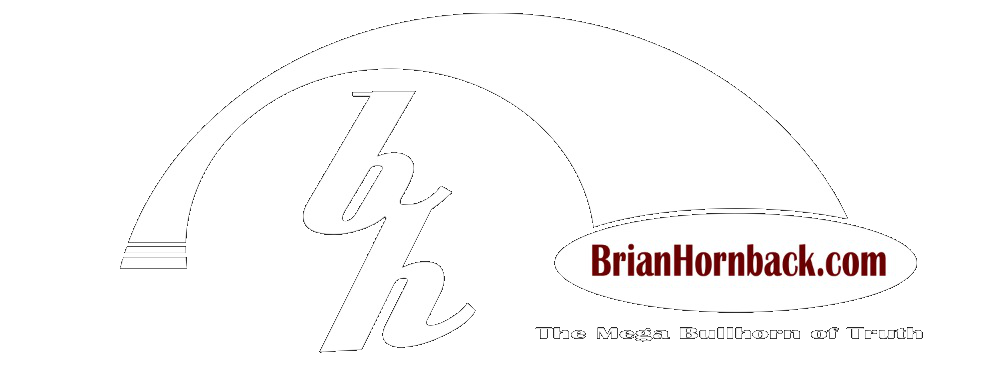

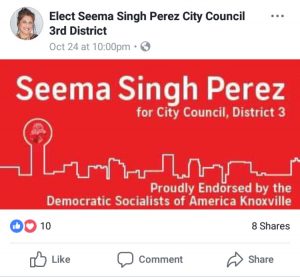

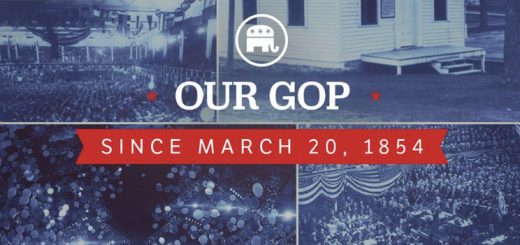

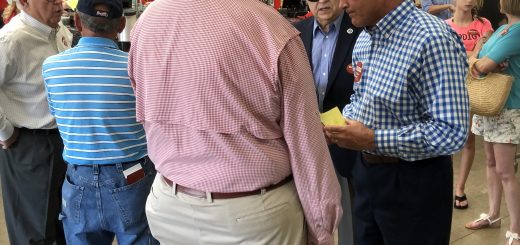



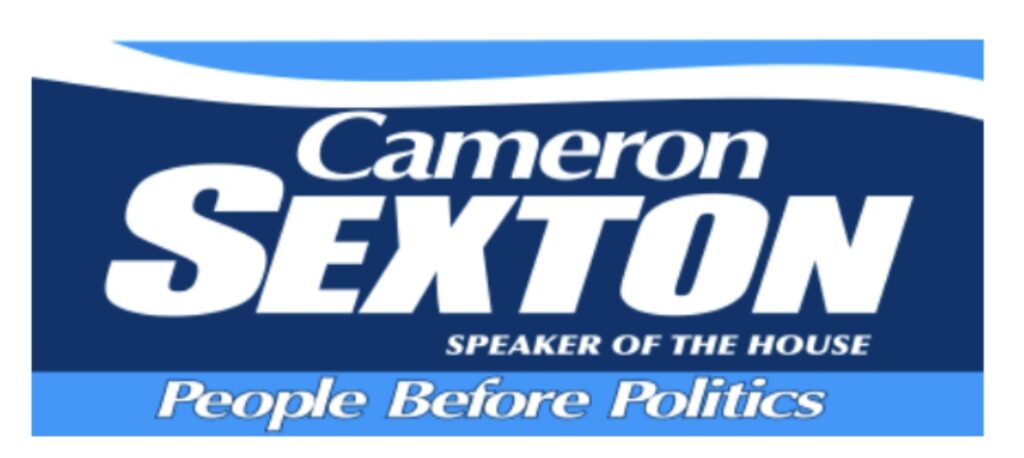




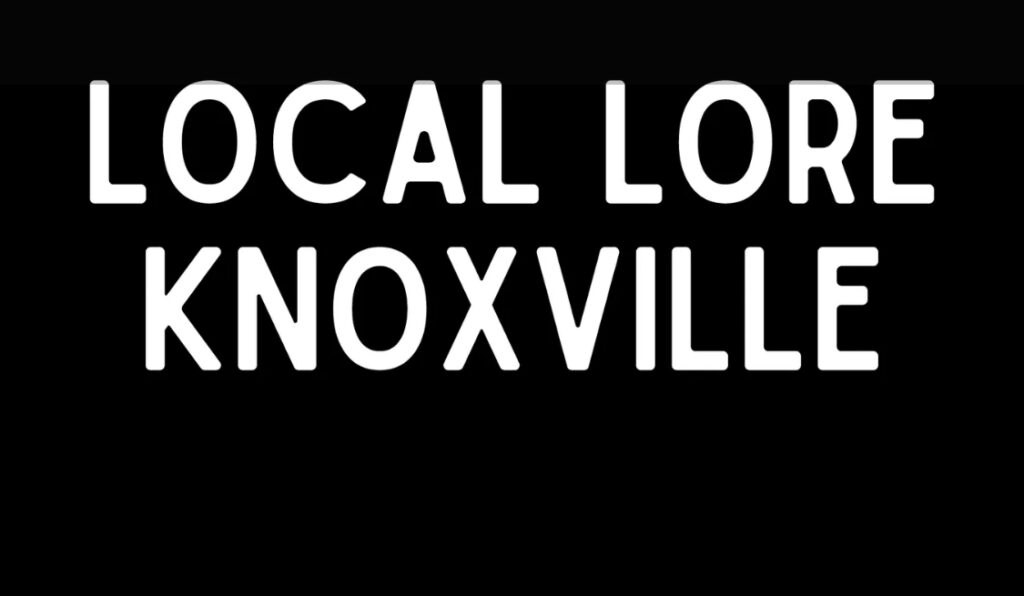
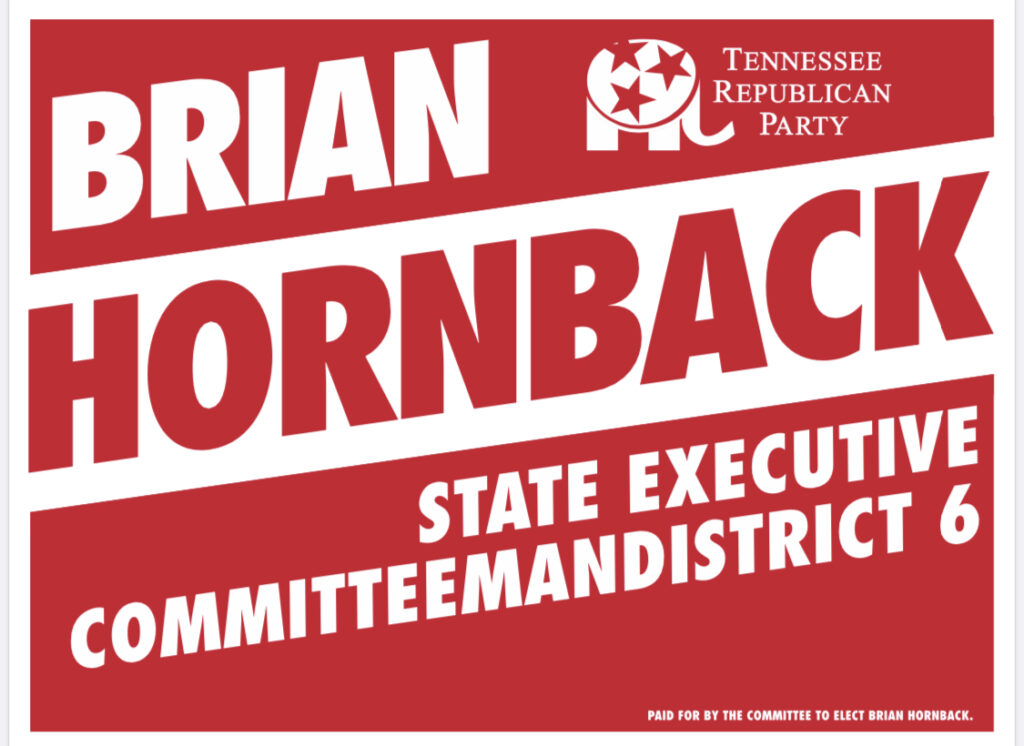








No, it means they will work hard for social programs like education and programs for our cities poor. Kind of like what we think Jesus would have done.
Michael Harrington’s Democratic Socialists of America (DSA), established in 1982, was his deliberate attempt in the early 1980s Reagan era to preserve what he called a “remnant of a remnant” of both the New Left and of the old Socialist Party of America that had split three ways in 1973. It was the default product of Harrington and others’ failed strategy of “realigning” the Democratic Party after the crisis of its New Deal Coalition in the 1960s, whereby the working class was abandoned in favor of the “New Politics” electoral base of the “young” (i.e. white college students, professionals-to-be) and the “minorities.” No longer seeking to transform the Democratic Party, the DSA served as a ginger-group on its left wing.
While Harrington and his legacy might seem like an obscure question, I think it is useful for understanding the shifting political landscape following the 2016 election. Harrington was particularly adept at dramatizing the divide in American society between rich and poor, insisting that radical political action was necessary in the face of such injustices. But there is arguably a tendency amongst certain Leftist currents to give Harrington credit for being more radical than he was, at least in terms of where he stood regarding the critical struggles and movements of his time.
This is particularly so with respect to whether Harrington was a social democrat or not. Much of Harrington’s political life was spent as a member of the Socialist Party, the Democratic Socialist Organizing Committee or the Democratic Socialists of America (DSA), which were or are affiliated with the Socialist International, the main international grouping of social democratic parties. He was certainly never known identify himself as anything else, though he tended to reverse the order and call himself a “democratic socialist.” His book Socialism, published in 1970, is the most complete exposition of his political philosophy and the tradition of social democracy that he saw himself proudly part of.
Perhaps the central question – at least for you, Brian, – is where Harrington sits with respect to Marxism. Harrington advocated not just for socialism within capitalism, but for socialism after capitalism–a definitive break with so-called “class society”. But so did mainstream social democracy during his time–in words anyway. So while he was certainly in dialogue with Marx, so is contemporary mainstream sociologists and economists. Harrington is rarely taken seriously as a Marxist thinker — indeed, his “Marxism” is rarely taken seriously at all, by either his critics or sympathizers.
DSA membership waned to a few thousand members in the 1990s and early 2000s, though it has recently increased five-fold – due in large part to the Sanders campaign and the shock of Trump’s election. Presently, the “big tent” character of the DSA serves as a catch-all for Progressives (i.e.Sanders/Warren arm of the Democratic Party), anarchists, social movement activists, and the remnants of 1980s socialist organizations (e.g. ISO, Solidarity, Socialist Alternative). In spite of – or perhaps as a result of – its motley character, the DSA’s platform mostly centers on an inside-outside approach to campaigns for increased social spending, labor and minority rights, community control of development, etc.; which, while not insignificant, sit comfortably within the realm of reform.
Despite claims made today, in the past the DSA was much stronger, with many elected officials such as New York City Mayor David Dinkins and Manhattan Borough President Ruth Messinger. While it is the largest “socialist” organization in the US since the 1960’s Students for a Democratic Society, the recent renaissance of the DSA does not match its historic past height. At the same time, Bernie Sanders was never a member of the DSA, considering it to be too right-wing for his purposes (though the inverse is arguably true today). If Sanders’ social democracy (if it even deserves to be called that) is a pale reflection of Harrington’s, that’s because social democracy as a whole swung sharply to the right during the era of neoliberalism that unfolded mainly after Harrington’s death in 1989.
I suppose my ultimate point is that Parker and Perez’s campaigns are harmless, at least with respect to the DSA’s relationship to the integrity of republican institutions. Long gone are the days of exclusively government-controlled collectivist systems that many fear mongerers routinely invoke in context of the 1950s Red Scare. And while Wikipedia is a robust resource for literal definitions, “capitalism”, “socialism”, “welfare state” and “mixed economy” are neither mutually exclusive nor final categorizations; there is a great deal of cross-pollination that renders these rigid labels less definitive (such labels persist mostly in service of ideological fundamentalism).